Anoop Aroor
MengeROS: a Crowd Simulation Tool for Autonomous Robot Navigation
Jan 26, 2018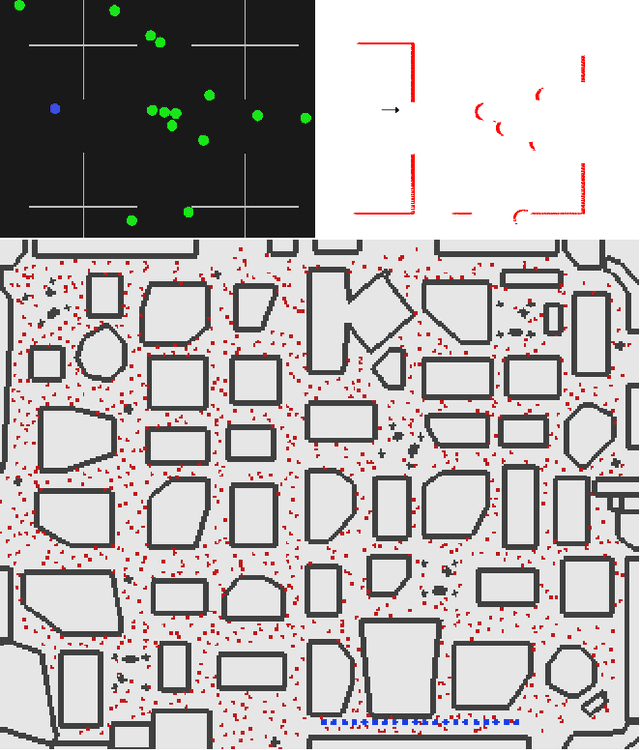
Abstract:While effective navigation in large, crowded environments is essential for an autonomous robot, preliminary testing of algorithms to support it requires simulation across a broad range of crowd scenarios. Most available simulation tools provide either realistic crowds without robots or realistic robots without realistic crowds. This paper introduces MengeROS, a 2-D simulator that realistically integrates multiple robots and crowds. MengeROS provides a broad range of settings in which to test the capabilities and performance of navigation algorithms designed for large crowded environments.
Toward Crowd-Sensitive Path Planning
Oct 16, 2017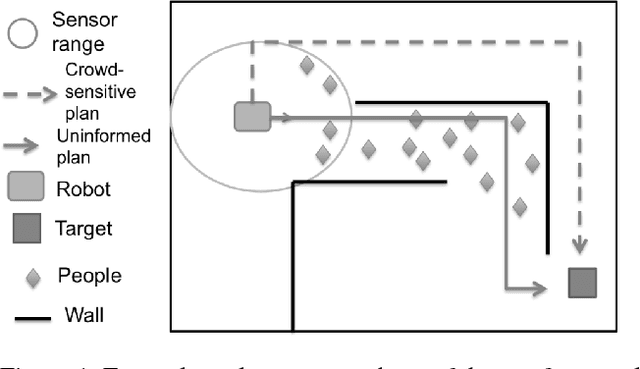


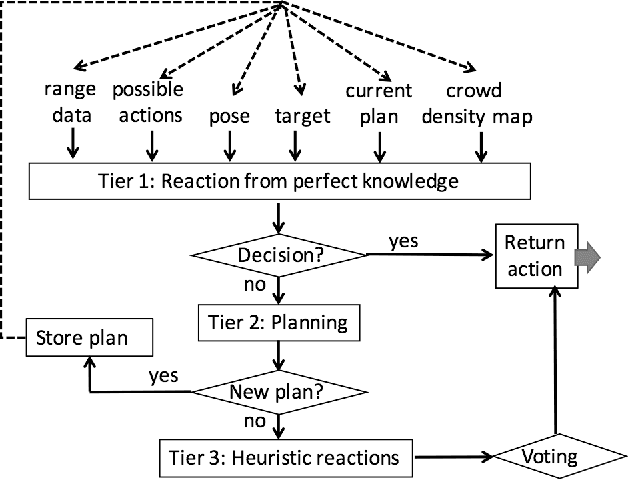
Abstract:If a robot can predict crowds in parts of its environment that are inaccessible to its sensors, then it can plan to avoid them. This paper proposes a fast, online algorithm that learns average crowd densities in different areas. It also describes how these densities can be incorporated into existing navigation architectures. In simulation across multiple challenging crowd scenarios, the robot reaches its target faster, travels less, and risks fewer collisions than if it were to plan with the traditional A* algorithm.
WHY: Natural Explanations from a Robot Navigator
Sep 27, 2017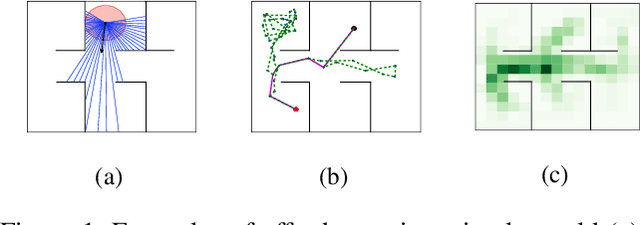
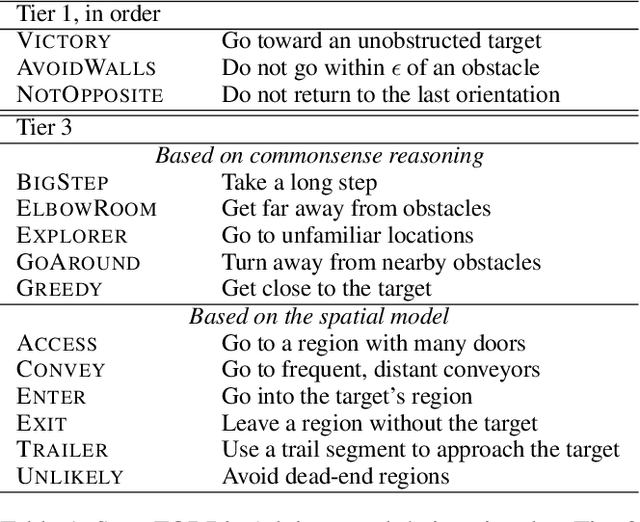

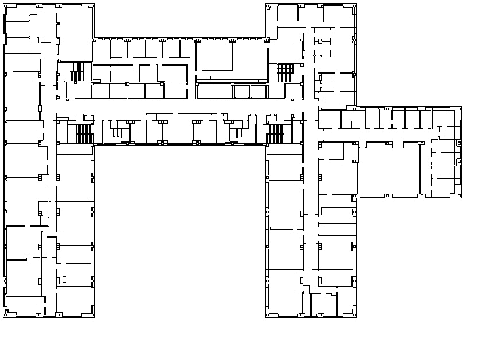
Abstract:Effective collaboration between a robot and a person requires natural communication. When a robot travels with a human companion, the robot should be able to explain its navigation behavior in natural language. This paper explains how a cognitively-based, autonomous robot navigation system produces informative, intuitive explanations for its decisions. Language generation here is based upon the robot's commonsense, its qualitative reasoning, and its learned spatial model. This approach produces natural explanations in real time for a robot as it navigates in a large, complex indoor environment.
 Add to Chrome
Add to Chrome Add to Firefox
Add to Firefox Add to Edge
Add to Edge